Aloe identification please
bnrmember
10 years ago
Related Stories

HOUSEPLANTSMother-in-Law's Tongue: Surprisingly Easy to Please
This low-maintenance, high-impact houseplant fits in with any design and can clear the air, too
Full Story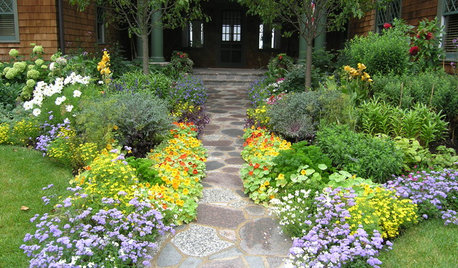
GARDENING GUIDESPathway Plantings That Please the Senses
Add some color, life and intrigue beside your sidewalk with these 7 suggestions
Full Story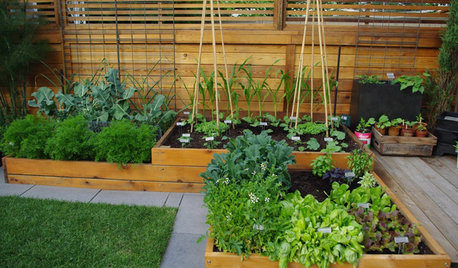
URBAN GARDENSExperiments Aplenty Fill Vancouver Edible Garden
Lush and brimming with test landscape plantings, a Canadian garden appeals to the eye and the palate
Full Story
DECORATING GUIDES7 Stylish Takes on Tartan
Masculine or feminine, bold or subtle, this classic pattern brings a rich look to walls, floors, furniture and accessories
Full Story
HOME OFFICESPaperless Home Offices Show Reams of Style
If pesky piles of paper are ruining your interior design — not to mention a forest or two — it may be time to take the paperless plunge
Full Story
PETSHouzz Call: Show Us Your Pet Projects!
Bubble windows, fountains, doghouses, showers — what outdoor treats have you put together for your furry friends?
Full Story
MOST POPULAR50 Shades of Gray
Gray is hotter than ever, thanks to a hit novel full of risks and dark secrets. Tell us: Which paint shade possesses you?
Full Story
HOUSEPLANTS10 Top Plants to Grow Indoors
Brighten a room and clean the air with a houseplant that cascades artfully, stretches toward the ceiling or looks great on a wall
Full Story
ORGANIZINGHelp for Whittling Down the Photo Pile
Consider these 6 points your personal pare-down assistant, making organizing your photo collection easier
Full Story
CONTAINER GARDENSFreshen Up the Bath With Lush and Healthy Plants
Learn how to choose and care for plants that will do well in your space
Full Story





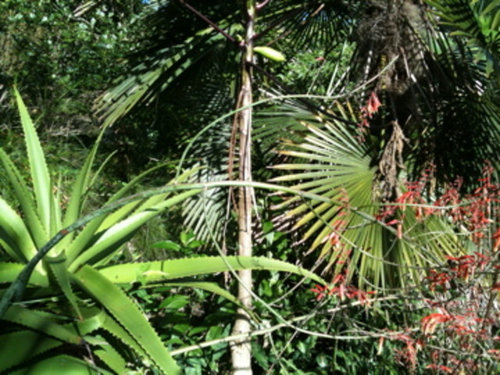
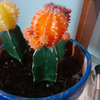
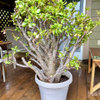

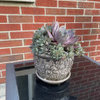
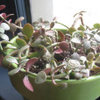
rosemariero
bnrmemberOriginal Author
Related Professionals
Rossville Landscape Architects & Landscape Designers · Finneytown Landscape Architects & Landscape Designers · Bound Brook Landscape Contractors · Milford Landscape Contractors · Havre de Grace General Contractors · Leon Valley General Contractors · Saginaw General Contractors · Sterling General Contractors · Arlington Carpenters · Daly City Carpenters · North Miami Beach Carpenters · Plainfield Carpenters · Northglenn Decks, Patios & Outdoor Enclosures · San Antonio Decks, Patios & Outdoor Enclosures · Glendale Decks, Patios & Outdoor Enclosuresrosemariero
bnrmemberOriginal Author
rosemariero
Beachplants
rosemariero
greenlarry
rosemariero
bnrmemberOriginal Author